Sugar gliders are fascinating little creatures, known for their playful nature and unique dietary needs. As a sugar glider owner, you’re likely always on the lookout for safe and nutritious snacks to keep your furry friend happy and healthy. One such snack that often piques curiosity is cucumbers. Are they suitable for sugar gliders? Can sugar gliders eat cucumbers without any harm? In this guide, we’ll answer these questions and provide you with a comprehensive understanding of sugar glider nutrition with cucumbers.
Read, Also >>>>>>A Complete Guide to Causes Prevention and Treatment of Chickens Laying on Their Side
Can Sugar Gliders Eat Cucumbers?
Sugar gliders are unique and adorable marsupials known for their playful antics and specific dietary requirements. As a responsible sugar glider owner, it’s essential to ensure that their diet is both safe and nutritious. Cucumbers, being a commonly available vegetable, might have crossed your mind as a potential treat for your furry friend. So, can sugar gliders eat cucumbers?
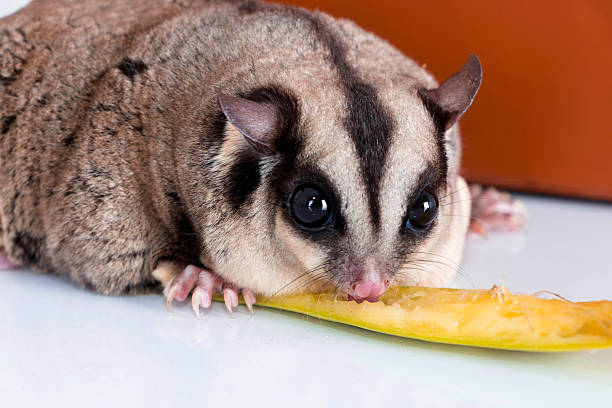
The Short Answer: Yes, Sugar Gliders Can Eat Cucumbers.
Cucumbers are generally considered safe for sugar gliders when given in moderation. They can be a hydrating and refreshing addition to their diet. However, before you rush to share this crunchy snack with your pet, there are some essential things to keep in mind:
1. Moderation Is Key: While cucumbers offer some nutritional benefits, they should be treated as an occasional treat rather than a primary food source for sugar gliders. Overindulging in cucumbers can lead to digestive issues due to their high water content.
2. Preparation Matters: Before serving cucumbers to your sugar glider, it’s crucial to prepare them properly. Here’s how:
- Wash the cucumber thoroughly to remove any potential pesticides or contaminants from the skin.
- Remove the seeds. Sugar gliders can eat the seeds, but removing them helps prevent choking hazards.
- Cut the cucumber into small, manageable pieces that your sugar glider can easily handle.
3. Mixing it Up: Cucumbers can be more appealing to sugar gliders when mixed with other fruits or vegetables. Creating a variety of flavors in their diet can keep them interested and provide a wider range of nutrients.
4. Observe for Allergic Reactions: As with any new food, monitoring your sugar glider for any adverse reactions when introducing cucumbers is essential. Signs of a negative response might include diarrhea or changes in behavior.
5. Balance is Key: Remember that cucumbers should complement, not replace, the essential components of your sugar glider’s diet. They are omnivores, so their meals should consist of a variety of foods, including protein sources like insects, fruits, vegetables, and calcium supplements.
cucumbers can be a safe and enjoyable treat for your sugar glider when given in moderation and prepared correctly. They provide hydration and a few essential nutrients. However, always maintain a balanced diet for your pet and prioritize their overall nutritional needs. By doing so, you can ensure that your sugar glider stays healthy, happy, and delighted by the occasional crunch of cucumber.
The Nutritional Benefits of Cucumbers
Let’s delve into the nutritional benefits of cucumbers, not just for humans but also for potential consumption by our sugar glider friends.

Hydration: Cucumbers are composed of about 95% water, which makes them an excellent choice for keeping your sugar glider hydrated, especially during hot weather. Proper hydration is crucial for their overall well-being, as sugar gliders can be prone to dehydration.
Low in Calories: Cucumbers are low in calories, making them a healthy option for sugar gliders who need to maintain a balanced weight. Since obesity can lead to various health issues in sugar gliders, offering low-calorie snacks like cucumbers can help them manage their weight effectively.
Vitamins and Minerals: Cucumbers contain several vitamins and minerals that can benefit sugar gliders:
- Vitamin A: Essential for maintaining healthy skin, vision, and immune function.
- Vitamin K: Important for blood clotting and bone health.
- Potassium: Helps regulate fluid balance, muscle contractions, and nerve signals in the body.
- Magnesium: Supports muscle and nerve function, bone health, and energy production.
While these nutrients are present in cucumbers, it’s important to note that sugar gliders have specific dietary requirements, and their nutritional needs extend beyond what cucumbers alone can provide. Therefore, cucumbers should be offered as an occasional addition to their diet, rather than as a primary source of nutrition.
Incorporating cucumbers into your sugar glider’s diet can be a healthy and hydrating treat, but it’s essential to maintain a balanced and varied menu to ensure they receive all the nutrients they need to thrive. Combining cucumbers with other sugar-glider-friendly foods, such as fruits, vegetables, and protein sources like insects, will help provide a well-rounded and nutritionally complete diet for your furry companion.
Moderation Is Key
when it comes to feeding your sugar-glider cucumbers, moderation is absolutely key.
You see, while cucumbers can be a healthy addition to their diet, offering them in excessive amounts can lead to potential digestive issues. This is mainly because cucumbers have a high water content, and overindulging in them might upset your sugar glider’s stomach.
So, how do you strike the right balance? It’s recommended to treat cucumbers as an occasional snack rather than a staple in their diet. This way, you can ensure they enjoy the benefits without any adverse effects on their digestive system.
Remember, variety is key in a sugar glider’s diet. Alongside cucumbers, make sure to offer a diverse range of fruits, vegetables, and protein sources to meet all their nutritional needs. This balanced approach will help keep your sugar glider happy, healthy, and thriving.
Preparing Cucumbers for Sugar Gliders
Preparing cucumbers for your sugar gliders is an essential step to ensure their safety and enjoyment when indulging in this crunchy snack. Here’s how to do it:

1. Wash Thoroughly: Start by washing the cucumber thoroughly under running water. This helps remove any potential pesticides or contaminants that may be present on the skin. Since sugar gliders are small and sensitive animals, it’s crucial to provide them with clean, pesticide-free food.
2. Remove Seeds: While sugar gliders can eat cucumber seeds, it’s a good practice to remove them. This minimizes the risk of choking hazards, especially if you have a baby or young sugar gliders. To remove the seeds, simply cut the cucumber in half lengthwise and use a spoon or a knife to scoop them out.
3. Cut into Small Pieces: Sugar gliders have tiny mouths, so it’s essential to cut the cucumber into small, bite-sized pieces. This makes it easier for them to handle and eat. Aim for pieces that are about the size of a sugar glider’s paw.
4. Serve Fresh: Cucumbers can be served to your sugar glider fresh and crisp. Place the prepared cucumber pieces in their food dish as a tasty snack option.
5. Mix with Other Foods: To make the cucumber more appealing, you can mix it with other sugar-glider-friendly fruits and vegetables. Creating a fruit or vegetable salad with a variety of textures and flavors can be more enticing for your pet.
6. Freeze for a Cool Treat: If you’d like to offer your sugar glider a refreshing treat, consider freezing cucumber slices. Sugar gliders often enjoy nibbling on frozen fruits and vegetables during hot weather. Just be sure to thaw them slightly before serving, so they are not too hard to eat.
By following these steps, you can prepare cucumbers safely and ensure that they are a delightful addition to your sugar glider’s diet. Always remember to introduce new foods gradually and monitor your sugar glider for any adverse reactions, especially if it’s their first time trying cucumbers.
Serving Suggestions
Now that you’ve prepared the cucumbers, it’s time to offer them to your sugar glider. Here are a few serving suggestions:
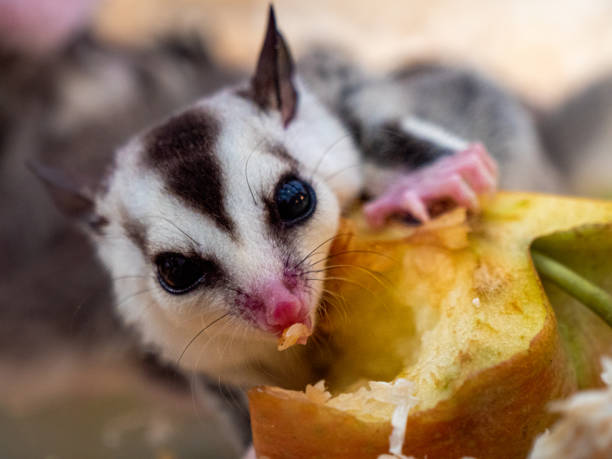
1. Fresh Snack: One of the simplest ways to offer cucumbers to your sugar glider is as a fresh snack. Place a small cucumber slice or a couple of bite-sized pieces in your sugar glider’s food bowl. They can nibble on it at their leisure, enjoying the refreshing crunch.
2. Mix with Other Fruits and Veggies: Sugar gliders often enjoy a variety of textures and flavors in their diet. Consider creating a fruit and vegetable salad by mixing cucumber pieces with other sugar-glider-friendly foods. Apples, pears, and blueberries are excellent options to combine with cucumbers for a nutritious and enticing mix.
3. Freeze for a Cool Treat: During hot weather, freeze cucumber slices for a refreshing treat. Sugar gliders can find the frozen texture appealing, and it can help them stay cool. Just remember to thaw the cucumber slices slightly before serving, so they are not too hard for your pet to eat comfortably.
4. Cucumber Cubes: Another fun idea is to turn cucumber into ice cubes. Simply blend cucumber pieces with a bit of water and freeze the mixture in ice cube trays. These cucumber ice cubes can serve as a cooling and hydrating treat for your sugar glider on a warm day.
5. Dip in Yogurt: If you’re looking to add a protein boost to your sugar glider’s cucumber snack, consider dipping cucumber pieces in a tiny amount of plain, unsweetened yogurt. Yogurt is a good source of calcium and protein, but be cautious not to overdo it.
6. Rotate with Other Foods: Variety is key to keeping your sugar glider interested in their diet. While cucumbers can be a healthy addition, it’s crucial to rotate them with other sugar-glider-friendly foods like carrots, bell peppers, and different types of fruits to provide a well-balanced and exciting menu.
Remember to monitor your sugar glider when introducing new foods, including cucumbers, to ensure they don’t have any adverse reactions. Not all sugar gliders have the same tastes, so it’s essential to observe their preferences and adjust their diet accordingly. With these serving suggestions, you can make cucumbers a tasty and nutritious part of your sugar glider’s meal plan.
The Importance of a Balanced Diet
Maintaining a balanced diet for your sugar glider is of utmost importance for their overall health and well-being. While cucumbers can be a healthy addition to their diet, it’s crucial to understand that they have specific dietary requirements that extend beyond this crunchy snack. Here’s why a balanced diet is essential for your sugar glider:
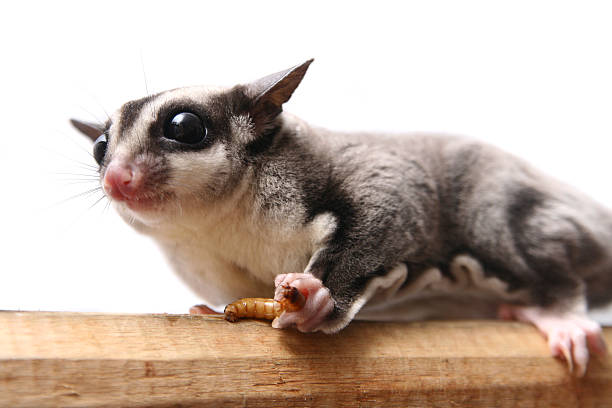
1. Nutritional Diversity: Sugar gliders are omnivores, which means they require a diverse range of nutrients to thrive. A balanced diet ensures they receive the essential vitamins, minerals, and macronutrients they need for proper growth and development.
2. Protein for Energy: In the wild, sugar gliders primarily feed on insects and other sources of protein. To replicate their natural diet, it’s important to include protein sources like mealworms, crickets, and specially formulated sugar glider pellets in their diet. Protein provides the energy they need for their active lifestyles.
3. Fruits for Vitamins: Fruits are a significant component of a sugar glider’s diet as they provide essential vitamins, particularly vitamin C and vitamin A. These vitamins play a vital role in maintaining their immune system, skin, and overall health.
4. Vegetables for Fiber: Vegetables such as cucumbers, carrots, and bell peppers offer fiber that aids in digestion. Fiber is essential for maintaining a healthy gut and preventing digestive issues in sugar gliders.
5. Calcium for Bone Health: Calcium is critical for maintaining strong bones and teeth. You can provide calcium supplements or calcium-rich foods like yogurt to ensure your sugar glider receives this essential mineral.
6. Preventing Obesity: Offering a variety of foods in moderation helps prevent obesity in sugar gliders. Obesity can lead to a range of health problems, so it’s important to manage their portion sizes and monitor their weight.
7. Mental Stimulation: A balanced diet that includes a variety of foods can provide mental stimulation for sugar gliders. It keeps them engaged with their environment and food, preventing boredom.
8. Preventing Dietary Deficiencies: Feeding your sugar glider a balanced diet reduces the risk of dietary deficiencies, which can result in health issues. Ensuring they get all the nutrients they need is key to their long-term well-being.
while cucumbers can be a delightful and hydrating treat for your sugar glider, they should not replace the essential components of their nutrition. Offering a balanced diet that includes protein sources, fruits, vegetables, and calcium-rich foods is the best way to ensure your sugar glider remains healthy, active, and happy throughout their life. Always consult with a veterinarian or an experienced sugar glider owner to create a diet plan tailored to your pet’s specific needs.
Conclusion
the question of whether sugar gliders can eat cucumbers is met with a positive answer – yes, they can. Cucumbers offer some notable nutritional benefits, including hydration, low-calorie content, and the presence of essential vitamins and minerals. However, it’s essential to remember that moderation is key.
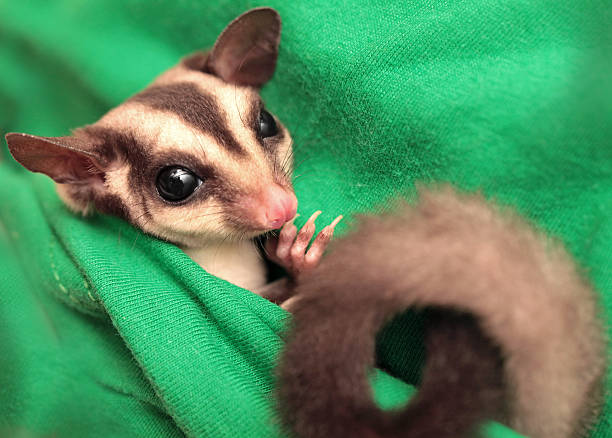
Offering cucumbers as an occasional treat rather than a primary food source for your sugar glider ensures that they enjoy the benefits without experiencing any digestive issues. Proper preparation, such as washing, seed removal, and cutting into manageable pieces, is crucial to make cucumbers safe and enjoyable for your pet.
Furthermore, serving suggestions like mixing cucumbers with other fruits and vegetables, freezing them for a cooling treat, or incorporating them into a balanced diet that includes protein sources and calcium-rich foods can contribute to your sugar glider’s overall health and happiness.
Ultimately, while cucumbers can be a crunchy delight for your sugar glider, they should be just one part of a diverse and well-balanced meal plan. Providing your pet with a variety of foods ensures they receive all the necessary nutrients and helps prevent dietary deficiencies and health issues. Always prioritize your sugar glider’s nutritional needs and consult with a veterinarian or experienced sugar glider owner for guidance on creating the best diet for your unique furry friend.
Read, Also >>>>>>A Complete Guide to Causes Prevention and Treatment of Chickens Laying on Their Side

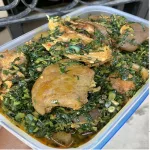



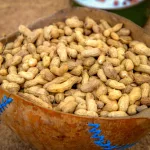

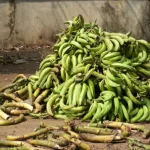
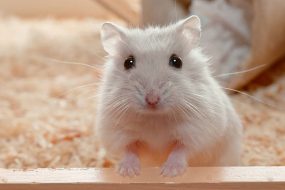



One reply on “A Guide to Sugar Glider Nutrition with Cucumbers”
[…] Read, Also >>>>>> A Guide to Sugar Glider Nutrition with Cucumbers […]